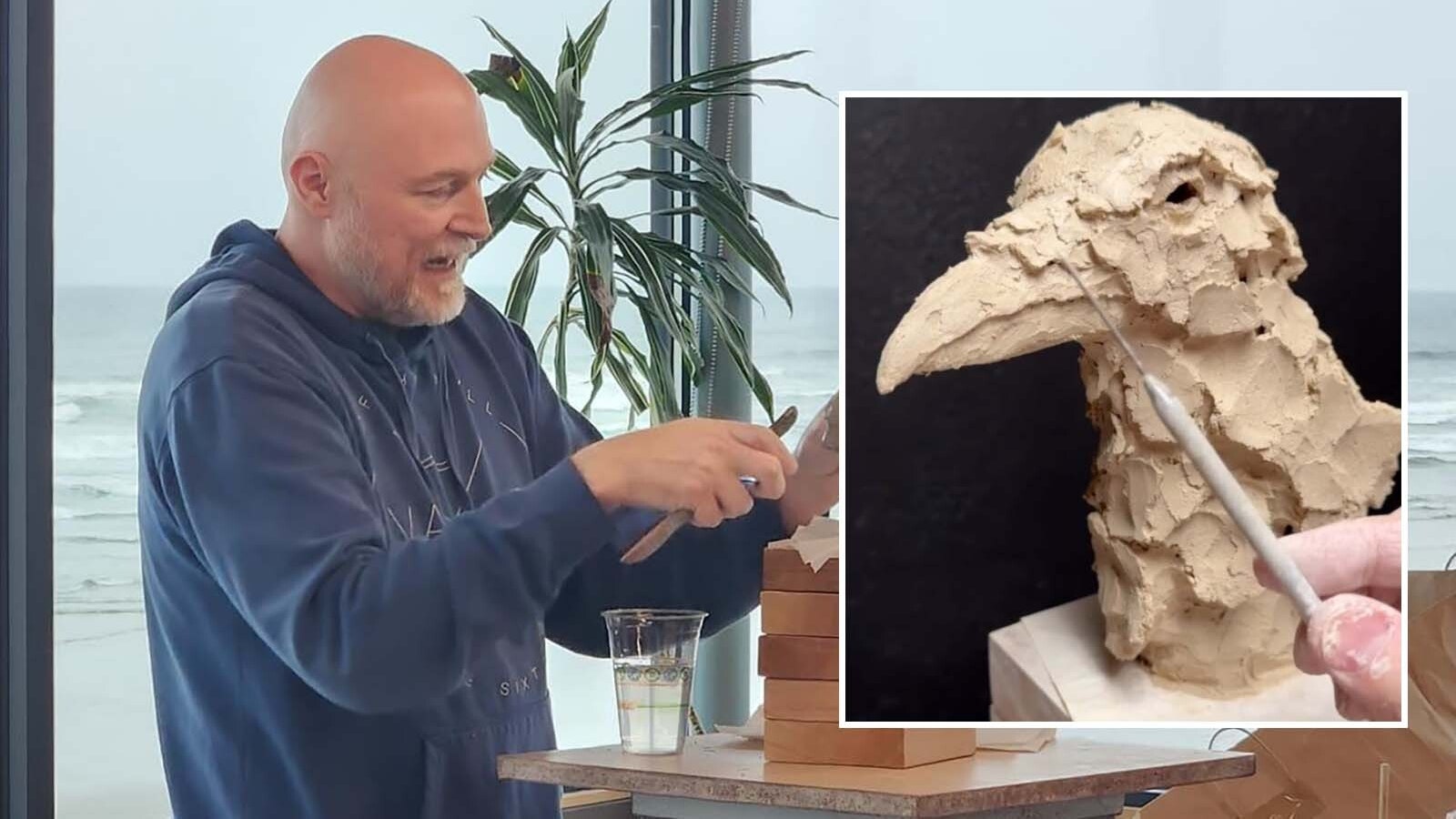Patsy and John Dorman of Thermopolis were at Tough Creek on the Boysen Reservoir in Central Wyoming in the late 1980s.
The power lines were being updated and Patsy noticed that the workers had just tossed the glass insulators that had been keeping people from getting electrocuted on those old lines aside, replacing them with porcelain insulators.
The devices are used to keep the flow of electricity in check on power lines. They also keep people from getting fried if they touch the wrong line in the wrong place. They were made of clear and colored glass that is now highly prized by collectors.
“We followed the power line and started just picking the insulators up,” Patsy said. “They were just thrown on the ground.”
Her husband asked what she planned to do with the clear glass insulators as he dutifully helped her collect the abandoned relics.
Patsy responded that she would think of something. She just thought they were too nice to just leave tossed aside as junk.
This was the beginning of her collection, and love, of vintage power line insulators.
Kelly Cole, also of Thermopolis, was introduced to the hobby of collecting insulators by her dad, Tom Robinson, while growing up in Utah.
“He had a few of them and put them up in his yard,” she said. “It was just part of my childhood and got me interested in insulators.”
By the time Cole had started collecting them for herself, most of the glass insulators had been picked up years before. Her own collection came from antique shops and yard sales.
“I think they represent the history of how you used to do things years ago,” Cole said. “They are a reminder of the old days, and I love having them around.”
After years of helping his wife grow her collection, John Dorman has come to admire the pieces of glass for himself.
“They're unique,” he said. “They were an important part of the transmission lines across the country.”
They are not alone in their fascination with the glass insulators. There are quite a few collectors around Wyoming and the world sharing a hobby and love of the once commonly used glass insulator.
History Captured In Glass
The oldest glass insulator was first used on Samuel F.B. Morse’s inaugural telegraph system in May 1844 when the first telegraph line was built from New York to Baltimore.
Samuel Morse had invented the electric telegraph in 1837 and sent the first message the following year. His invention not only revolutionized communication but led to other innovations, including the glass insulator.
Networks of “open wire” telegraph lines sprung up around America and the world as people embraced this new form of instant communication.
The fascination with the glass insulators, gleaming in the sun, caught the imagination of people almost immediately and collectors today see them as beautiful connections to the past. And even works of art.
“Imagine the appearance of these items in a heavy forest carrying a lone telegraph wire which bore news of the California Gold Rush, the Civil War, and other events going back as much as 150 years in our nation’s history,” insulator enthusiast Mike Guthrie wrote in his blog. “If you can picture these things, you can begin to appreciate the historical significance of insulator collecting.”
For a short time, Native Americans also found the new insulators useful, and some would even knap arrowheads and spearheads out of the thick glass of the insulators.
It’s reported on various insulator forums that telegraph companies got to the point that they would leave free insulators piled up by the poles so they wouldn't have to repair sections taken down by the knappers.
The Need For Glass Insulators
All the new telegraph lines required the installation of insulators, which were necessary for attaching the wires to the poles, and helped prevent electric current loss during transmission.
The glass material is an actual insulator, not a “conductor” or “transformer.” The wire was secured to the pole by the insulators and the glass would not burn as the hot electricity was transmitted through the wire.
Rubber, wood and metal solutions didn’t stand up to being exposed to the elements as well as the glass, which were the most reliable option for long-distance wires through the early years of electrical lines.
They were also cheaper than porcelain, the other material often used, and millions of glass insulators were made in the next 100 years.
Not All Insulators Are Equal
The first glass insulator made by Morse and his team was called a bureau knob for its resemblance to the knobs on dressers.
This insulator would be improved upon and overhauled entirely by various innovators until the 1950s, when ceramic became the material of choice for insulators.
The earliest paper record of a glass insulator comes from an 1847 patent. According to Insulator Collectors On the Net (ICON), this insulator was designed to be embedded in the wooden cross arm of a telegraph pole.
As telegraph systems were replaced by telephone lines, the glass insulators still proved their worth and continued to be used.
Millions of the glass insulators were created in factories with the predominate colors of white and blue glass. Most of these glass insulators were made from 1875 to 1930.
Glasshouses, located primarily in the East and Midwest with a few plants in California and Colorado, produced the insulators, often with leftover glass from other projects.
Many of these glasshouses that made insulators also produced bottles, fruit jars and other glassware.
The value of an insulator can range from $5 to up to $400 for a rare specimen, especially one that is of a unique color or shape.
Clear glass was used primarily after about 1935 such as the ones that were collected by the Dormans more than 40 years ago on Tough Creek in Wyoming.
Hundreds of different styles were developed over the years, and insulators are found with a wide variety of embossed names, initials, patent dates, and other markings according to Glass Bottle Marks, a website that specializes in glass collecting.
Ceramic became a better option for insulators through the 1950s and 1960s. By the latter half of the 20th century, glass insulators were out of vogue and no longer being installed on lines.
Most of the glass insulators were discarded and eventually carried off by collectors and even lineman who already valued their appearance and thick glass.
The Passion For Collecting
“We were just kind of collecting them for our own purpose and own use,” John Dorman said. “We know a lot of people just in our town who are interested in them because they are interesting.”
Since 1970, the National Insulator Association (NIA) has brought insulator collectors together to celebrate what they say is an often-overlooked nugget of America’s history.
The NIA is working on both preserving past research and making educational data available to the insulator hobby by providing guides and Facebook forums for collectors to meet and share their finds.
“I've got a neighbor and he's got a few insulators,” Cole said. “We will find ourselves oohing and ahhing over each other’s collections.”
Collectors often display their insulators, especially the most common blue Hemmingway, in unique ways to highlight their unique beauty.
While Cole displays her glass insulator collection as yard art, the Dormans have found a way to light their own collection up.
Shortly after collecting the clear glass insulators at Tough Creek, Patsy decided to display her glass insulators in her front yard. With the help of her husband, they placed lights on a board and the glass insulators fit perfectly over colorful Christmas light bulbs.
“They're out all year long now,” Patsy said. “I change the colors for each holiday. This weekend I'll change to red, pink and white for Mother's Day.”
The Dormans continue to be on the lookout for new insulators to add to their collection. For them, the clear ones they can light up are the most desirable while other collectors, such as Cole, look for the deep colored blue or other shades of glass.
Although no longer in use on the electric lines they were once vital to, the glass insulators are valued by collectors worldwide and celebrated by those intent on preserving this iconic relic of our history.
Jackie Dorothy can be reached at jackie@cowboystatedaily.com.















